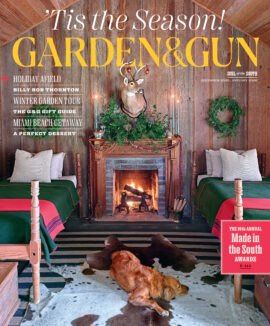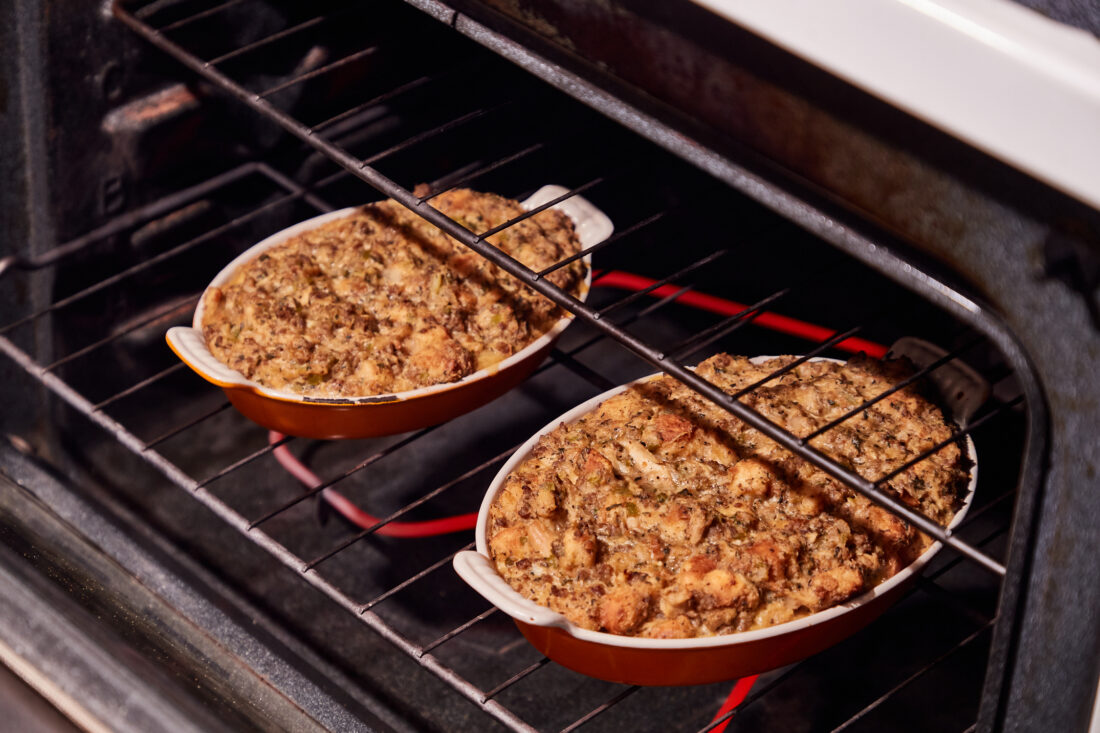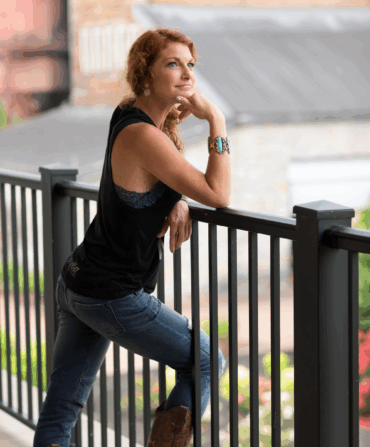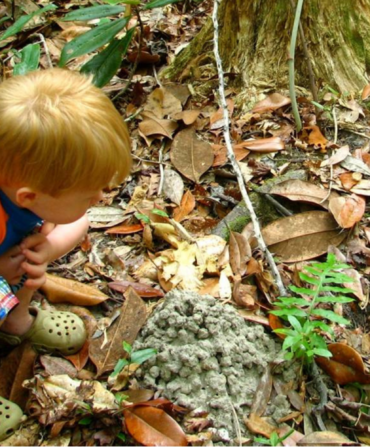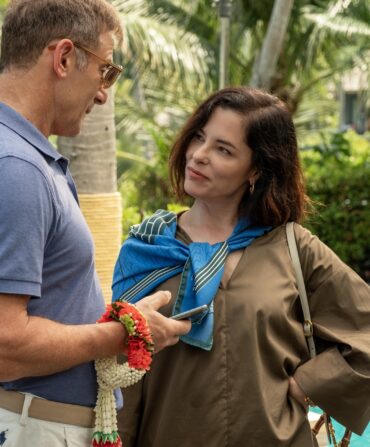The first iteration of the dish we now know as stuffing was, unsurprisingly, crammed inside of something. The ancient Roman cookbook De Re Coquinaria called for inserting grains, minced meat, crushed nuts, black pepper, and broth into everything from a hare to a wild boar to the delicacy of a dormouse.
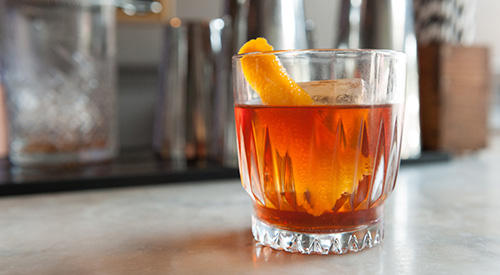
That tradition changed names over time. In the fourteenth century, stuffing was called “farce;” in the seventeenth century (regrettably) it was “forcemeat”; and sometime in the nineteenth century, around the same time that the dish gained prominence as a holiday side, fragile Victorian sensibilities deemed “stuffing” gauche and embraced the term “dressing,” a change that resonated in the American South.
Somewhere along the way, people started baking the dish outside the meat, too, as a casserole—and if you ask many Southerners today (as we did), they’ll often point to this mode of preparation as justification for their preferred term. That may not be totally fair, though, as modern food safety standards tend to advise not cooking stuffing inside the bird, given how hard it is to bring it to a safe temperature without drying out the meat.
So what you call it may boil down less to cooking tradition and more to family tradition (or as our readers put it, “what mama said”). When in doubt, follow the advice of chef Mason Hereford, who grew up saying “stuffing” but now calls his perfected version “dressing” per the custom of his adopted hometown, New Orleans: “Wherever you are, call it what the locals call it.”
Read on for more wisdom from G&G readers.
Team Dressing
Northerners stuff a turkey. Our dressing is worthy on its own. Doesn’t need to be hidden in a bird. —Sally M.
I grew up in North Carolina…it’s dressing. I have lived in Georgia for thirty-three years…it’s dressing. We have always and will always bake our delicious cornbread dressing in a Pyrex casserole dish. —Debbie H.
It’s dressing because that’s the way my grandmothers and my mother did it. It was a side dish rather than “stuffed” inside the main course. —Frank P.
Dressing, since Mom and Momo called it that. —Roger B.
It’s what my mom said it was and her mom said it was: dressing. —Kim F.
It is absolutely dressing because it is cooked in a cast-iron pan, not inside the turkey! —Judy R.
Definitely dressing, because it “dresses up” any plate it’s served on, and is never “stuffed” inside a bird. —Janice E.
It’s only stuffing if you insert it into the turkey…and by the time the stuffing is cooked through the turkey is dry. You gotta keep ’em separated. —Rhonda F.
Stuffing is inside the bird and dressing is outside the bird. Team dressing just because that’s how mama made it. —Kathy C.
A Lone (but Solid) Argument for Stuffing
Of course it’s stuffing! We stuff the bird, then we stuff ourselves. It’s the stuff Thanksgiving is all about! —Patty B.
Playing Both Sides
It’s of course both! Those two words are exactly the same in the Deep South. —Grady R.
We have both. Stuffing is in the bird, dressing is baked separately. My wife knows things! —Mike M.
Growing up in the Northeast, it was stuffing whether it was inside the bird or baked in a casserole dish. I discovered “dressing” when I moved to Alabama. Cornbread-based and inside or outside of the bird. —Lauren D.
Say What Now?
I’m throwing a monkey wrench into the controversy. In Pennsylvania, we call it filling. —Suzanne L.

